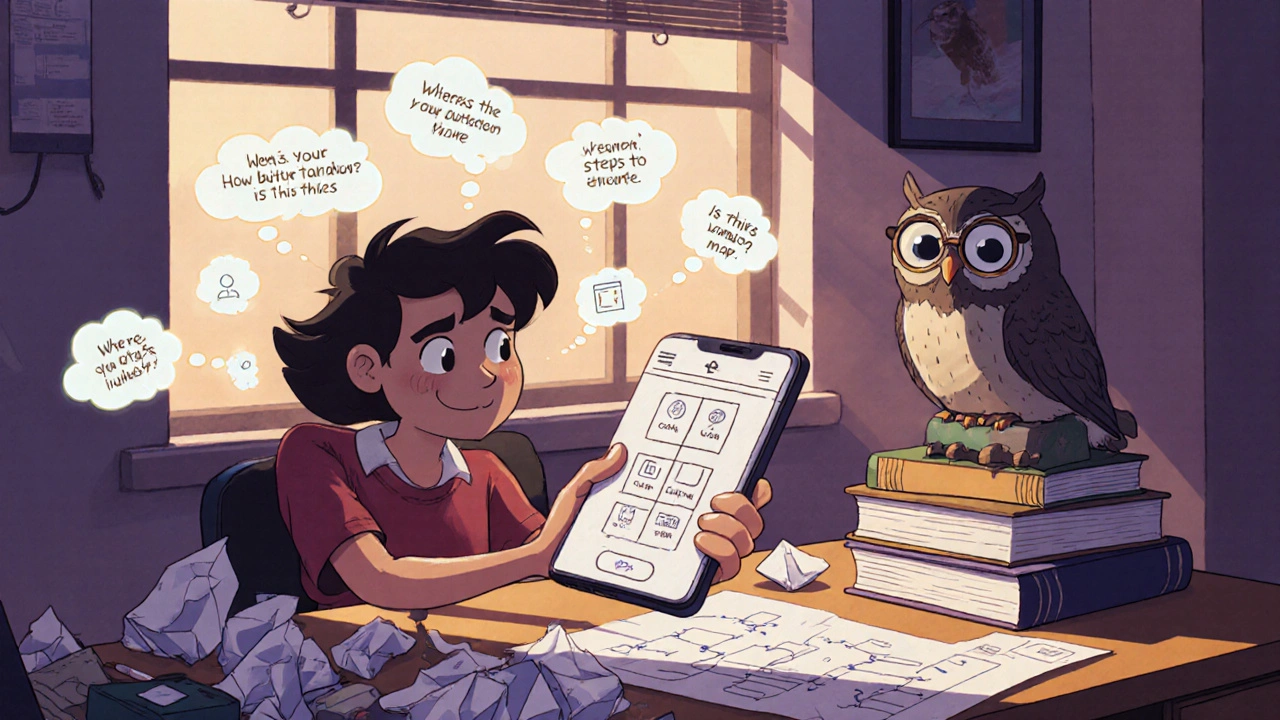Design Education: Build Courses That Stick and Skills That Last
When you think about design education, the process of planning and structuring learning experiences to drive real understanding and behavior change. Also known as instructional design, it's what turns boring lectures into engaging, memorable learning that sticks. Most online courses fail because they’re just videos with slides. True design education asks: How do people learn? What makes them stay? How do they use this after the course ends?
It’s not about fancy tools or flashy animations—it’s about learning outcomes, clear, measurable goals that tell learners exactly what they’ll be able to do after finishing. It’s about breaking content into chunks people can actually absorb, not overwhelm. It’s about building in feedback loops so learners know they’re on track. And it’s about designing for real life—whether someone’s learning during a lunch break, on a phone in a taxi, or after a 12-hour shift.
online learning, the delivery of education through digital platforms, often self-paced or cohort-based has exploded, but the quality hasn’t kept up. You can’t just upload a PDF and call it a course. Effective design education uses course design, the intentional structuring of content, activities, and assessments to guide learners to mastery to turn passive viewers into active participants. Think interactive puzzles, real-world simulations, micro-learning bursts, and community-driven challenges—not just ticking boxes.
What separates good design from great design? It’s knowing when to use gamification, when to drop it, and how to make safety, accessibility, and ethics part of the structure—not an afterthought. It’s understanding that a learner’s privacy matters as much as their progress. It’s realizing that a well-written README or a simple glossary can be the difference between confusion and confidence.
This collection isn’t about theory. It’s about what works right now—in 2025. You’ll find real templates for Terms of Service, proven formats for office hours, and how to build certifications employers actually recognize. You’ll see how escape rooms boost retention, how micro-learning fits into busy schedules, and why SOC 2 compliance matters even for small course creators. These aren’t ideas from a textbook—they’re tactics used by teams running successful learning platforms today.
Whether you’re building your first course, scaling an existing program, or just trying to make your training actually stick—this is your toolkit. No fluff. No jargon. Just the design education principles and practical steps that turn good intentions into real results.

Prototyping and Wireframing in Design Education: What Students Need to Know
Wireframing and prototyping in design education aren't just steps in a project-they're essential tools for uncovering real user problems. Learn how to use them effectively to build interfaces that work, not just look good.